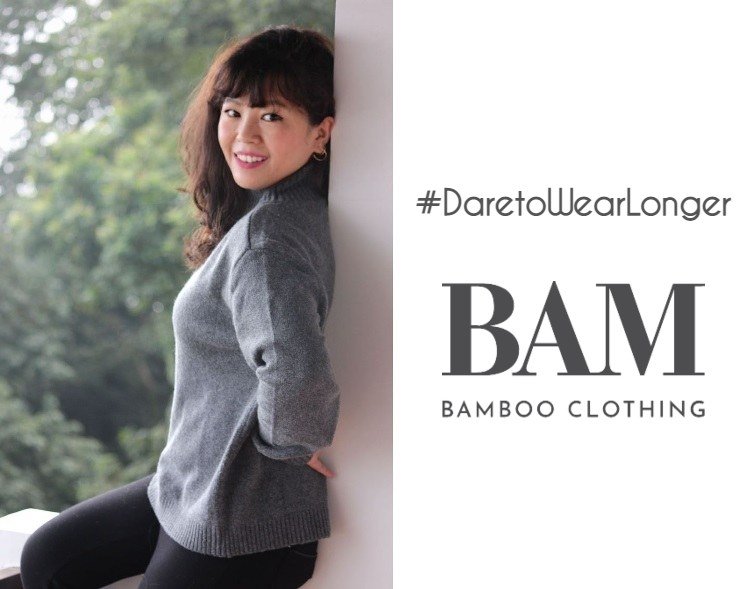Excellent Tips To Picking Hemp Clothes
Wiki Article
What Are The Environmental Advantages Of Hemp Clothing Made From Low-Impact Fibres?
Clothing made of low impact fiber hemp offers many environmental advantages when compared with other materials for clothing. This includes clothing that is made with synthetic fibers or conventional cotton. Hemp clothing offers a number of key environmental benefits. It grows very quickly and requires less water and pesticides. Hemp thrives in all climates and can adapt to different soil types, reducing the need for chemicals used in agriculture.
Hemp requires less water as than cotton. Cotton is known for its high water usage. Hemp is a water-efficient option to make clothing.
Hemp is often produced without the use of synthetic pesticides. Herbicides are also not required. This can help reduce the environmental harm that comes with chemical farming.
Soil Health Hemp cultivation can enhance soil health due to the deep roots system which helps prevent compaction and soil erosion. It also leaves the soil in better shape for the future growth of cropping.
Biodegradability Biodegradability Hemp fibers break down and decompose naturally in time. This helps reduce the environmental burden from textile waste. Contrary to synthetic fibers, such as polyester may require hundreds of years to decay.
Low Carbon Footprint - Hemp fibers have a smaller carbon footprint than synthetic materials. Furthermore, hemp is able to capture carbon dioxide from the air as it grows, acting as an carbon sink.
Hemp clothes are known for being durable and long lasting. High-quality garments made from hemp will last for years. This means that you will not need to replace them often and also reduce waste.
Hemp plants naturally repel numerous insects. They do not require chemical pest control.
Hemp is a versatile material, since it is used in a variety of textile applications including clothing, bags and other accessories. It's a renewable and trendy textile.
Regenerative Agriculture: Some sustainable farming practices include hemp into systems of regenerative agriculture that seek to restore and improve the ecosystem while also producing crops. This strategy could have positive impacts on the natural environment.
It is crucial to keep in mind that while hemp may offer several environmental benefits, the durability of clothing is dependent on a variety of factors, including dyeing processes, transportation and consumer habits, for example. In addition, as in any other industry, production standards and practices are subject to change. To ensure that you're getting the maximum environmentally friendly benefit, choose sustainable or organic hemp clothing. View the top the advantage about hemp clothing for website advice including hemp cotton fabric, hemp shirts mens, women's all seasons hemp canvas bomber hoody jacket, hoodlamb jacket, hemp swimsuit, jungmaven t shirt, organic hemp fabric, hemp boxer shorts, jungmaven sweatshirt, hemp baja hoodie and more.

What Is It That Gives Hemp Fibers Breathable And Moisture-Wicking Properties, As Well As Thermoregulatory?
Hemp is a unique material with distinct chemical and structural properties that make it breathable, moisture-wicking, thermoregulating and wicking characteristics. These characteristics can be explained by the following- Microscopical Structure- Hemp has a porous and hollow structure, which allows air to circulate throughout the fibers. This porosity in hemp fibers allows them to be extremely breathable. When woven into fabric, the structure allows air to pass through. This encourages circulation and stops the build-up of heat and moisture on the skin.
Hemp fibers possess a high affinity to water and are able to absorb water. When you wear hemp clothes, these fibers can absorb sweat and moisture from your skin, preventing the feeling of being wet. Furthermore, hemp fibers can be effective in dispersing moisture and spreading it over a larger area of fabric so that it will evaporate faster. This moisture-wicking feature keeps you dry and comfortable during intense physical activities or during hot temperatures.
Thermoregulation- Hemp fibers have natural properties for insulation. In cold temperatures, they hold heat close to your body and provide warmth. When it is hot, they let moisture and heat to out. This helps to cool the body. The thermoregulatory properties of hemp make hemp clothing appropriate for a variety of temperatures and types of activities.
Hemp fibres have anti-microbial properties that help to stop the growth of bacteria that cause unpleasant odors. This characteristic helps to keep hemp clothing clean and free from odors even after periods of intense physical exertion.
Hemp fibers are durable and long lasting, so hemp clothing won't be able to breathe. This durability allows hemp garments to last longer, which can reduce the necessity of replacing them and, therefore, the impact on the environment.
UV Protection- Hemp fibers provide a level of natural UV protection, protecting the skin from damaging UV radiation. The hemp's UV blocking capability makes it suitable for outdoor sports.
These qualities are inherent to hemp fibers, and do not depend on chemical treatments or additives. Hemp has inherent properties that makes it a sustainable and comfortable option for clothing. The natural characteristics of hemp are retained even after the fibers have been transformed and made into textiles. These fibers are appropriate for eco-friendly and practical clothes. Read the recommended hemp clothes url for website examples including hemp long sleeve shirt, hemp long sleeve shirt, hemp apparel fabric, nomad hemp clothing, hemp jeans mens, mens hemp t shirts, hemp yoga pants, hemp clothing, hemp button down shirt, hemp swimsuit and more.

What's the difference between hemp and bamboo fibers?
Both hemp and bamboo fibers are plant-based fibers that are used to produce textiles. Each one has distinctive properties and characteristics. These are the main distinctions between bamboo and hemp fibers- 1. Plant Source-
Hemp fibers come from the bast fibers that are located in the stalks. Hemp, a versatile and rapidly-growing plant, has been used in many ways for centuries.
Bamboo- Bamboo fibres are produced by the cellulose of bamboo plants. Bamboo is a grass that grows rapidly. species known for its rapid growth and sustainable nature.
2. Fiber Characteristics
Hemp The fibers of hemp are strong and durable. They are among the most durable natural fibers and become softer with each wash which makes them ideal for durable textiles.
Bamboo Bamboo fibers are extremely soft and silky in texture. While they might not be as sturdy as hemp fibers and are more delicate in certain instances, their comfort to the skin is greatly appreciated.
3. Texture and Feel
Hemp fabric is slightly coarse and has a textured feeling. This is evident in its raw state. While it is an extremely comfortable fabric, its texture is distinct from bamboo.
Bamboo is silky soft and soft. It's described as feeling like a blend of cotton and silk which makes it extremely comfy to wear.
4. Breathability is crucial and so is moisture-wicking.
Hemp Fibers Hemp fibers absorb moisture and are naturally air-tight. They are a great way to keep cool during hot summer days.
Bamboo fibers are also highly breathable. They are moisture-wicking. The micro-gaps improve the capacity of bamboo fibers to regulate moisture levels and temperatures, ensuring you are comfortable no matter what conditions.
5. Environmental Impact-
Hemp Hemp can be regarded as an environmentally friendly fiber due to due to its rapid growth rate, low need for water and resistance to pests. These attributes reduce the use of herbicides and pesticides. Hemp can also absorb carbon from the atmosphere throughout its growth.
Bamboo- Bamboo's sustainability is widely known. It grows fast, requires little water, and doesn't need synthetic pesticides. Some varieties of bamboo are deemed extremely sustainable, like Moso bamboo.
6. Processing-
Hemp- Hemp fibers must be thoroughly processed in order to separate the outer bast fibers from the core. Processing may include retting or decortication as well as mechanical separation.
Bamboo- Bamboo is usually created by a chemical process called the viscose or rayon-process. It is done by making use of chemicals to break down the bamboo into pieces. While this process raises environmental issues if not handled properly, some bamboo fabrics utilize closed loop systems to minimize chemical waste.
7. Versatility-
Hemp- Hemp fibres can be used for a variety of uses, including clothing, textiles, and paper. They are also great construction materials.
Bamboo fibers are found in a wide range of products, such as sheets and towels.
Both bamboos and hemps have benefits in terms of sustainability and unique characteristics. The choice you make is based on your preferences for the environment as well as what you are looking for in terms of particular properties and qualities. Have a look at the recommended bamboo clothes url for blog advice including bamboo infant clothing, bamboo undergarments, bamboo dress socks, bamboo maternity wear, bamboo yoga wear, bamboo family pajamas, bamboo sportswear, bamboo cotton shirts, bamboo t shirts mens, short sleeve bamboo pajamas and more.
